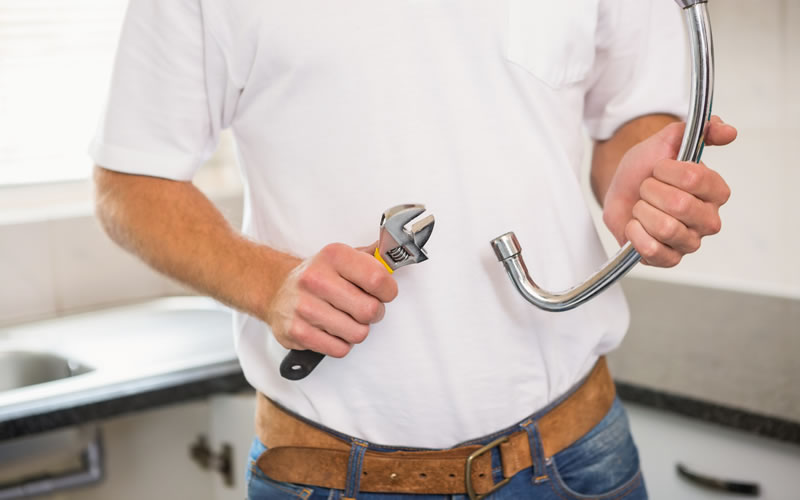When you notice the water in your shower or bathtub is not flowing down your drain easily, you might be tempted to call the plumber. Slow drains are caused by clogs created by soap buildup, hair, and other gunk blocking the drain. However, you don’t need to call the plumber right away, as you do have options available to you to address slow shower drains before you rack up a plumber bill.
1. Remove the stopper from the drain. Most drains are easy enough to unclog with either your hand, a wire, or clothes hanger. However, you first need to figure out how to release the stopper. Most drains are either drop stoppers or push/lock drain stoppers.
To release a drop stopper, first lift it up slightly. It should have screw that sticks up a little. Simply turn the screw a bit to make it looser, then lift the stopper up.
For the push/lock drain stopper, first push down once like you are going to stop up the drain. Push it again to unlock it. Once it is unlocked, you should be able to unscrew the whole stopper and then pull it out.
In a shower, you may need to just lift up the strainer at the bottom. You may also need to unscrew the grating.
2. Create the tool you need. While you can remove some clogs with your hand, it will be easier, more effective, and less disgusting to use a tool. You can start with either a wire coat hanger or a piece of stiff wire, but you need to do a bit of preparation either way.
For the coat hanger, straighten it out into a long wire. Bend the end of it with pliers so it makes a smaller hook that will fit down your drain.
For the wire, just bend the end in a little hook to catch the hair.
3. Remove the clog from the drain. With the bent wire, hook the clogged hair by shoving it through the clog. Use it to pull up the clog out of the drain, then throw the hair away. You may need to dip down more than once to get all the hair.
If the hair is particularly stubborn, you may need to use a utility knife to cut it.
As you pull the hair up, slice through the middle so you don’t need to untangle it.
4. Put the stopper back in. Once you are sure all the hair is gone, check to see if the shower is draining properly again. If it is, put the stopper back in the drain. You’ll need to screw the whole push/lock stopper back into place, while for the drop stopper, you’ll just need to screw in the middle shaft. If it’s not draining properly, you’ll need to move on to other options.

